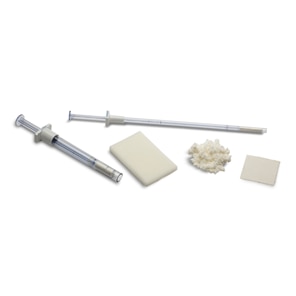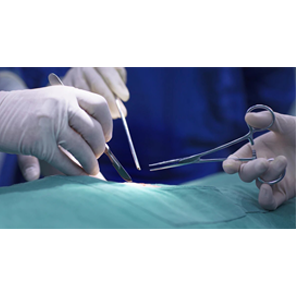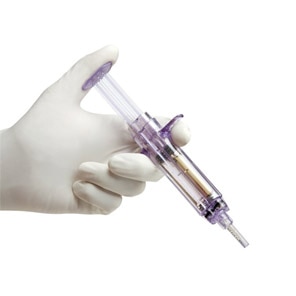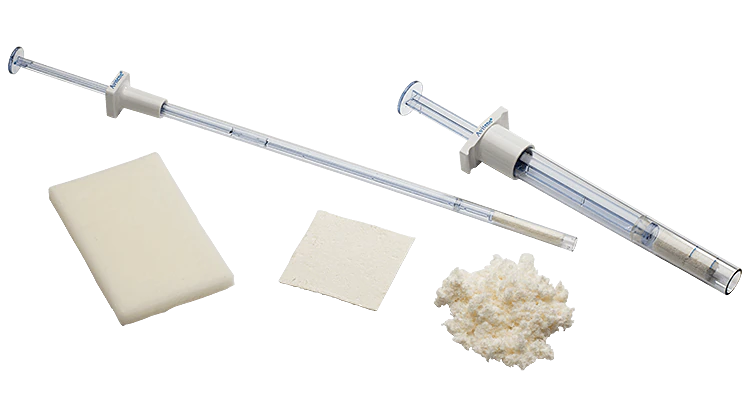Surgical sealants provide a flexible yet sturdy matrix over leakages and bleeding. They adhere to tissues through covalent polymerization. At BD, our sealants have the following applications:
- Progel™ Pleural Air Leak Sealant works by gelling at the tissue site, binding directly to the lung for optimal adherence and an airtight seal.
- Tridyne™ Vascular Sealant works by forming a strong, flexible hydrogel seal at the application site, even in anticoagulated patients.





